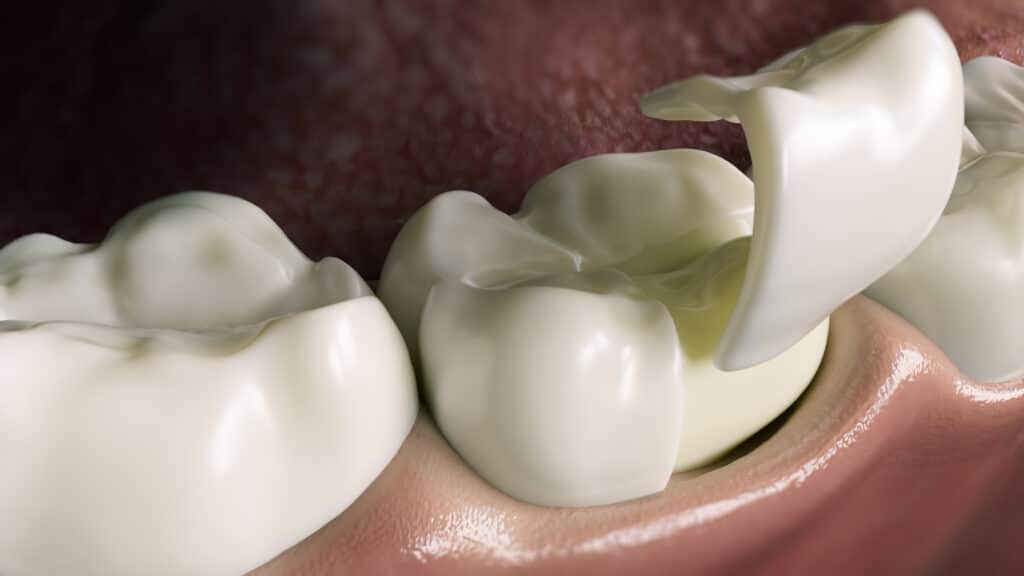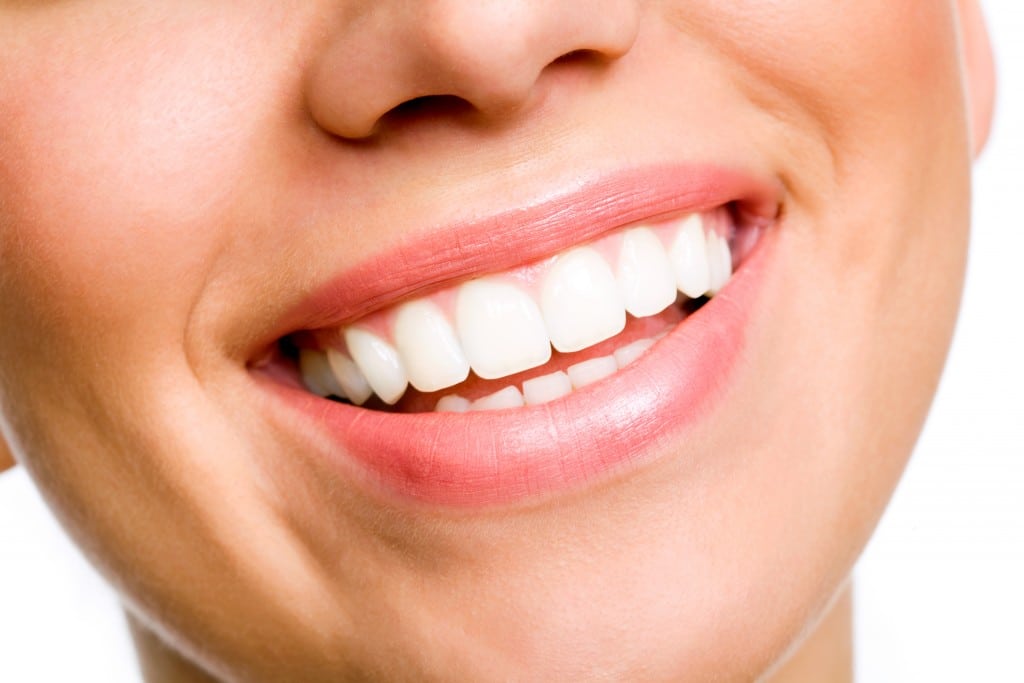Teeth are made from tough stuff, but they are still susceptible to damage. Tooth decay or injuries can cause teeth to crack or chip. When this happens, dentists have a variety of methods to restore teeth, so they look and function properly. Dental bonding is one such intervention. Let’s see what dental bonding is, what it’s used for, and what benefits and limitations it has.
What is Dental Bonding?
Dental bonding is a cosmetic dentistry procedure that involves the application of a tooth-colored, composite resin material to repair or change the appearance or shape of a tooth. It’s a versatile and non-invasive treatment option used for various purposes.
The Dental Bonding Process
The dental bonding process requires a few steps, though it is much easier than many other restorative dental processes.
- Preparation: The dentist will start by selecting a shade of composite resin that matches the color of your natural teeth. Then, they will roughen the surface of the tooth, so the bonding resin will effectively stick to the tooth’s surface. Anesthesia may be used during the roughening process, but this is not alway needed.
- Application of Bonding Material: The dentist will apply a conditioning liquid to the tooth, which helps the bonding material adhere securely. Afterward, they will mold and shape the composite resin onto the tooth. This material is soft and putty-like, allowing the dentist to sculpt it into the desired shape.
- Curing: Once the bonding material is in place, the dentist will use a special ultraviolet (UV) light or laser to harden and set the material. This process is called curing, and it usually takes just a few seconds per layer.
- Finishing: After the bonding material has hardened, the dentist will further trim and shape it to match the natural contour of the tooth. They will also polish the bonded area to make it smooth and shiny.
What is Dental Bonding Material Made Of?
Dental bonding material is primarily composed of a tooth-colored composite resin. This resin is a mixture of plastic and glass, carefully chosen for its biocompatibility and attractive appearance. The composite resin is available in a variety of shades to match the natural color of teeth.
Dental bonding material is a pliable, putty-like substance that can be sculpted and molded to the desired shape. Its ability to mimic the natural appearance of teeth and its versatility in cosmetic dentistry make dental bonding material a popular choice for various dental treatments.
Is Dental Bonding Safe?
Dental bonding is a widely-used procedure, and dental bonding is safe when used by a qualified and experienced dentist. There are very few risks or negative side-effects of dental bonding. Let’s discuss some of the uncertainties some patients may have about dental bonding.
- Safe materials: Dental bonding materials, primarily composite resins, are chosen for their biocompatibility. This means that they are well-tolerated by the human body, and the risk of allergic reactions or adverse effects is extremely low. Composite resins are commonly used in dentistry and have a well-established safety record.
- Non-Invasive: Dental bonding is a non-invasive dental procedure, which means there’s no surgery required. Unlike some other treatments that may involve substantial removal of tooth structure, bonding typically requires minimal alteration of the natural tooth. This preserves the overall health of the tooth.
- Painless: Dental bonding is generally a painless procedure, and it often doesn’t require the use of anesthesia. Patients typically experience little to no discomfort during the treatment.
- Short Recovery Time: There is typically minimal to no recovery time after dental bonding. Patients can resume their normal activities and eating habits immediately after the procedure.
It’s important to note that the longevity and success of dental bonding can be influenced by various factors, including the skill of the dentist, the patient’s oral hygiene habits, and the location and extent of the bonding.
What is Dental Bonding Used For?
Dental bonding is highly versatile, and it is used for many cosmetic and restorative procedures. It can be used to repair chipped or cracked teeth, close small gaps between teeth, reshape teeth, and even cover up tooth discoloration. Let’s take a closer look at each of these uses of dental bonding.
- Repairing Chipped or Cracked Teeth: Dental bonding can effectively repair minor chips or cracks in teeth, restoring their appearance and strength. However, dental bonding generally isn’t strong enough to repair significant damage or repair teeth that withstand lots of force, like molars.
- Closing Small Gaps: It can be used to close small gaps or spaces between teeth, improving the overall alignment and appearance of the smile.
- Reshaping Misaligned Teeth: Bonding can help reshape teeth that are slightly misaligned or have irregular contours, providing a more uniform and conventional appearance.
- Tooth Whitening: Composite resin used in bonding can be matched to the color of the natural teeth. This makes it suitable for concealing discolorations or stains on the tooth’s surface. However, dental bonding won’t resolve the decay that may be causing discoloration, and this should be addressed first.
- Filling Cavities: Dental bonding materials are sometimes used for tooth-colored fillings to repair minor cavities in the teeth. This provides a more natural-looking alternative to traditional silver amalgam fillings.
- Protecting Exposed Tooth Roots: Bonding may be used to cover and protect exposed tooth roots when gum recession occurs, reducing sensitivity and creating a more conventional appearance to teeth.
- Changing the Appearance of Teeth: Dental bonding is often used as a cosmetic solution to change the overall appearance of the teeth, providing a more attractive and symmetrical smile.
- Replacing Old or Worn Fillings: It can also be used to replace old or worn-out fillings with new, tooth-colored ones.
Advantages of Dental Bonding
Dental bonding has several advantages, as well as limitations. The dental bonding procedure is quite easy compared to other interventions that can be used to repair or restore teeth, like implants. It’s also relatively inexpensive, and can be an easy, and cost-effective way to fix some dental issues.
- Non-Invasive: Unlike some other dental procedures, such as crowns or veneers, dental bonding typically involves minimal removal of the tooth’s natural structure. This means that more of the healthy tooth remains intact.
- Quick and Painless: Dental bonding is a relatively quick procedure that can often be completed in a single visit to the dentist. It’s also generally painless, and many cases don’t require anesthesia.
- Cosmetic Improvements: Bonding can be used to improve the appearance of teeth by covering up imperfections like stains, chips, or gaps. It provides a natural-looking result.
- Versatility: It can be used for various dental issues, from minor cosmetic concerns to minor structural repairs.
There are also some limitations to dental bonding. The bonded material is not as durable as natural tooth enamel or some other dental materials, so it may be more prone to staining and wear over time. For this reason, dental bonding is often recommended for small to moderate cosmetic improvements, and not for large restorations or areas prone to high chewing pressure. In these cases, more durable options like dental crowns or veneers may be preferred.
If you are considering dental bonding, consult with a qualified dentist. Your dentist will assess your specific dental needs and discuss the best treatment options with you, including whether dental bonding is suitable for your situation. Your dentist can provide personalized guidance and ensure that the bonding is performed safely and effectively.



